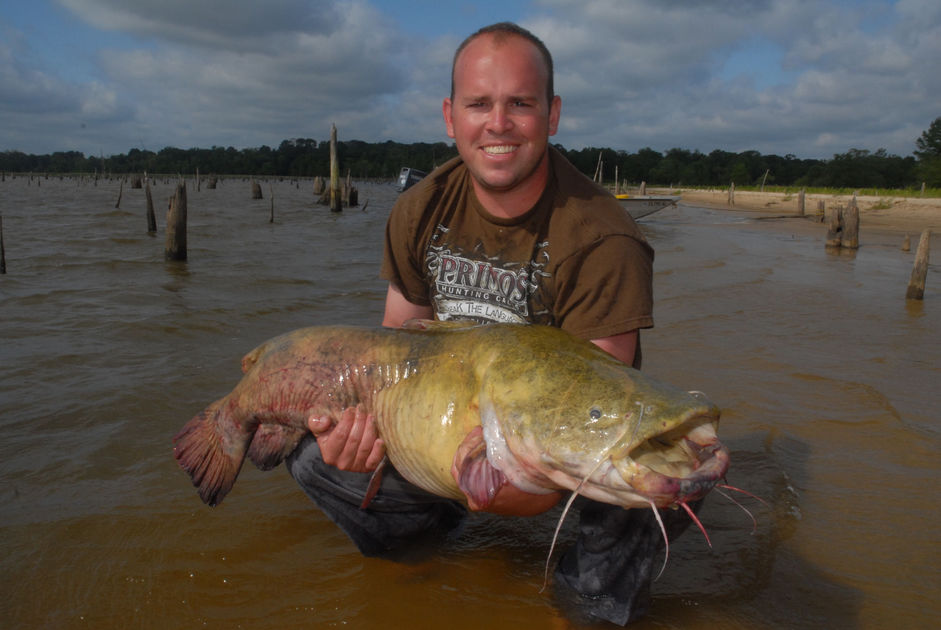A New Way to Think About Trophy Fish
Thursday, June 15th, 2017This is Passport to Texas
The prevailing wisdom regarding trophy fish has been:
If we want to have trophy fish [in the future] we have to protect the trophy fish [in the present].
Fisheries biologist Kris Bodine says, as a rule, trophies aren’t easy to find, let alone catch.
And that’s the thing. They’re hard to come by. They’re hard to find, because they’re just rare in the population.
Someone tell that to hand fishers. They can consistently find (or catch) trophy-sized catfish. Concerned about the effect removing trophy fish might have on the population, researchers conducted a study of flathead cats on Lake Palestine, which revealed something unexpected.
It’s not the trophy animals that need protecting. It’s the animals that are going to produce the trophies. So, the young adults.
Bodine says we should protect these younger fish because not only are they more abundant than their big sisters and brothers, they also have more life left in them.
These big trophy fish—they’re old. More of them are dying of old age than are being caught by anglers. And I don’t care what fishing method we’re talking about. I mean, throwing them [trophies] back probably isn’t going to create more big fish. But throwing back the young adults would help your cause.
Find the rules of hand fishing on the Texas Parks and Wildlife website.
The Sport Fish Restoration program supports our series, and is funded by your purchase of fishing equipment and motorboat fuel.
For Texas Parks and Wildlife, I’m Cecilia Nasti.



 Passport to Texas is a
Passport to Texas is a  Passport to Texas is made available by:
Passport to Texas is made available by: